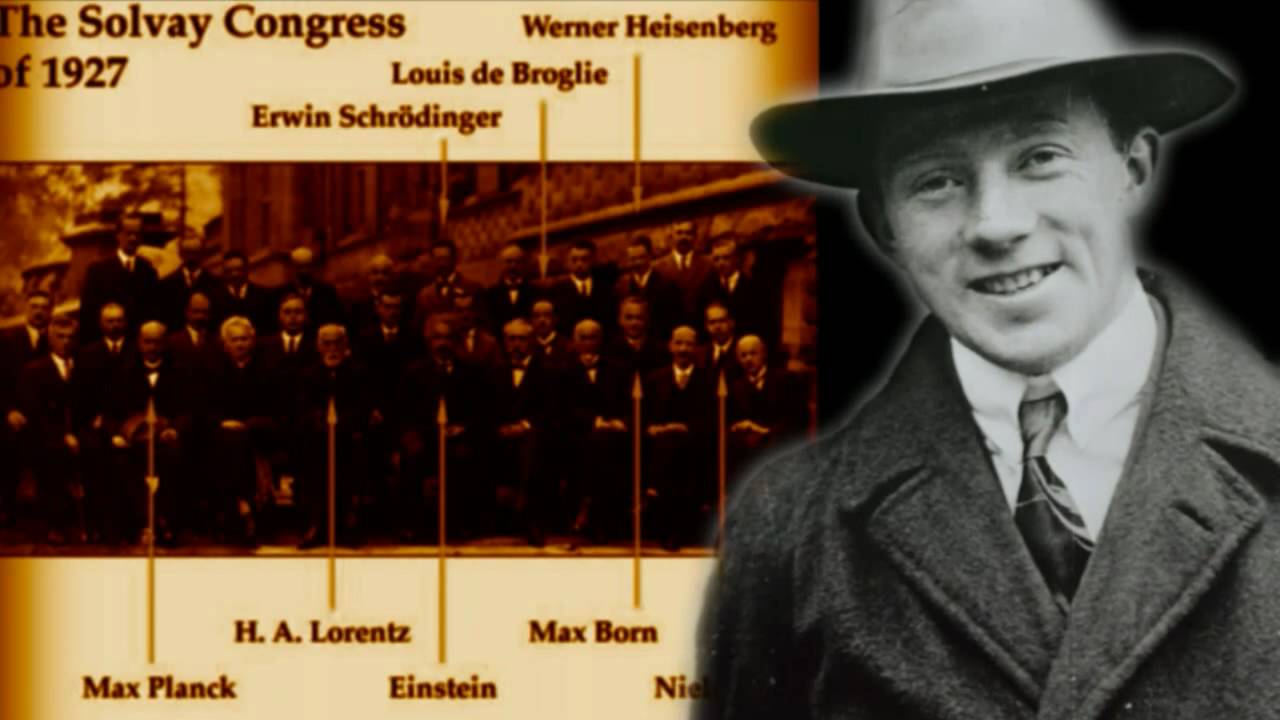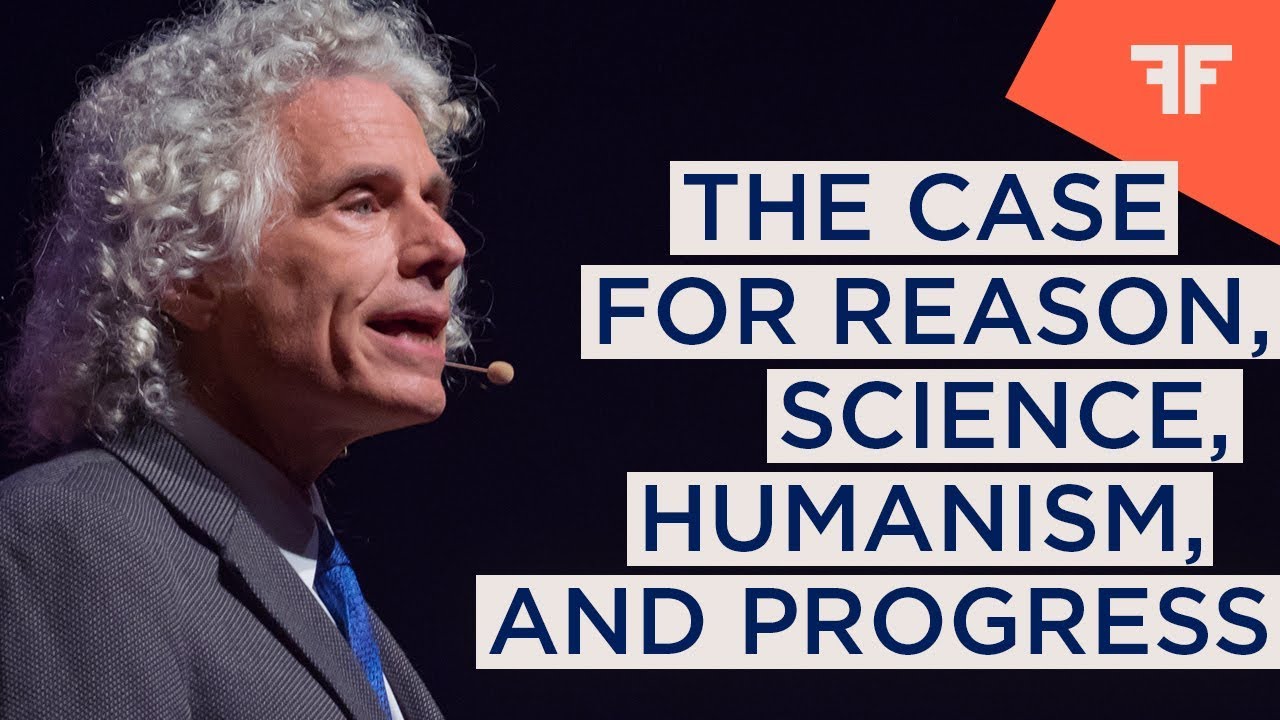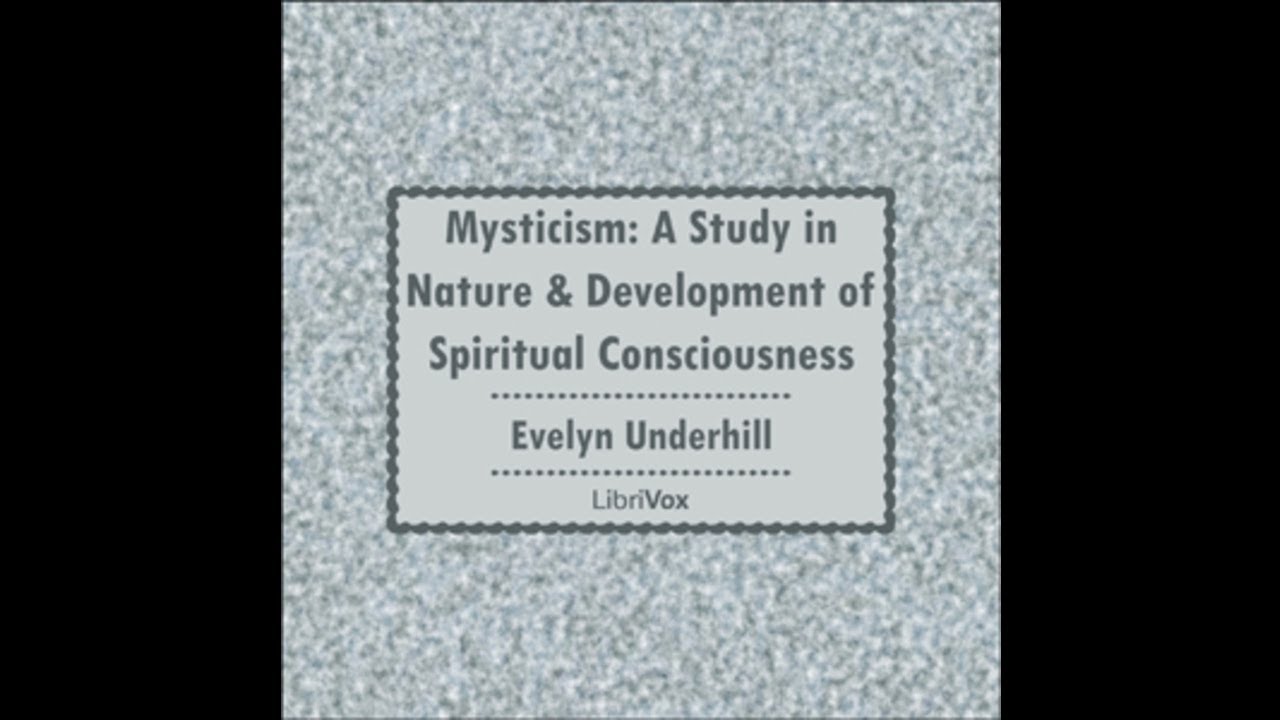Best0fScience
http://www.facebook.com/ScienceReason … Quantum Mechanics (Chapter 3): Wave Function and Wave-Particle Duality.
—
Please SUBSCRIBE to Science & Reason:
• http://www.youtube.com/Best0fScience
• http://www.youtube.com/ScienceTV
• http://www.youtube.com/FFreeThinker
—
1. A Brief History Of Quantum Mechanics
http://www.youtube.com/watch?v=B7pACq_xWyw
2. The Structure Of Atoms
http://www.youtube.com/watch?v=-YYBCNQnYNM
3. Wave Function And Wave-Particle Duality
http://www.youtube.com/watch?v=7GTCus7KTb0
4. The Uncertainty Principle
http://www.youtube.com/watch?v=Fw6dI7cguCg
5. The Spin Of Fundamental Particles
6. Quantum Entanglement
—
WAVE FUNCTION
A wave function or wavefunction is a mathematical tool used in quantum mechanics to describe any physical system. It is a function from a space that maps the possible states of the system into the complex numbers. The laws of quantum mechanics (i.e. the Schrödinger equation) describe how the wave function evolves over time.
The values of the wave function are probability amplitudes — complex numbers — the squares of the absolute values of which give the probability distribution that the system will be in any of the possible states.
It is commonly applied as a property of particles relating to their wave-particle duality, where it is denoted ψ(position,time) and where | ψ | 2 is equal to the chance of finding the subject at a certain time and position.
For example, in an atom with a single electron, such as hydrogen or ionized helium, the wave function of the electron provides a complete description of how the electron behaves. It can be decomposed into a series of atomic orbitals which form a basis for the possible wave functions.
For atoms with more than one electron (or any system with multiple particles), the underlying space is the possible configurations of all the electrons and the wave function describes the probabilities of those configurations.
• http://en.wikipedia.org/wiki/Wave_function
—
WAVE-PARTICLE DUALITY
In physics and chemistry, waveparticle duality is the concept that all energy (and thus all matter) exhibits both wave-like and particle-like properties. Being a central concept of quantum mechanics, this duality addresses the inadequacy of classical concepts like “particle” and “wave” in fully describing the behavior of quantum-scale objects.
Orthodox interpretations of quantum mechanics explain this ostensible paradox as a fundamental property of the Universe, while alternative interpretations explain the duality as an emergent, second-order consequence of various limitations of the observer.
This treatment focuses on explaining the behavior from the perspective of the widely used Copenhagen interpretation, in which waveparticle duality is one aspect of the concept of complementarity, that a phenomenon can be viewed in one way or in another, but not both simultaneously.
The idea of duality originated in a debate over the nature of light and matter dating back to the 1600s, when competing theories of light were proposed by Christiaan Huygens and Isaac Newton: light was thought either to consist of waves (Huygens) or of corpuscles/particles (Newton).
Through the work of Max Planck, Albert Einstein, Louis de Broglie, Arthur Compton, and many others, current scientific theory holds that all particles also have a wave nature (and vice versa).
This phenomenon has been verified not only for elementary particles, but also for compound particles like atoms and even molecules. In fact, according to traditional formulations of non-relativistic quantum mechanics, waveparticle duality applies to all objects, even macroscopic ones; but because of their small wavelengths, the wave properties of macroscopic objects cannot be detected.
• http://en.wikipedia.org/wiki/Wave-Particle_Duality
—
The Cassiopeia Project is an effort to make high quality science videos available to everyone. If you can visualize it, then understanding is not far behind.
• http://www.cassiopeiaproject.com
.
Source




Do you think it is logical that if the future is unfolding relative to the atoms, if we look down at the individual atoms we will find probability? This is an invitation to see a theory on the nature of time! In this theory we have an emergent uncertain future continuously coming into existence relative to the spontaneous absorption and emission of photon energy. Within such a process the wave particle duality of light and matter in the form of electrons is forming a blank canvas that we can interact with forming the possible into the actual! The future is unfolding with each photon electron coupling or dipole moment relative to the atoms of the periodic table and the individual wavelengths of the electromagnetic spectrum. As part of a universal process of energy exchange that forms the ever changing world of our everyday life the ‘past’ has gone forever. At the smallest scale of this process the ‘past’ is represented by anti-matter annihilation with the symmetry between matter and anti-matter representing the symmetry between the future and the past as the future unfolds photon by photon. In such a theory the mathematics of quantum mechanics represents the physics of ‘time’ with the classical physics of Newton representing processes over a period of time, as in Newton’s differential equations. In my videos I explain how this process is relative to temperature and the phase changes of matter.
This is not informationally dense enough to lose time on.
Existence? You mean aether….
Me after watching this video: ooh.. so that's what happens..
5 min later: Huh?
object waves our bodies , why don't seperate and gone ?
Thank you for teaching me Mr. Clean
All is music.
I love the music style in these videos.
it can change form
Physics bitch!
If I had a penny for every time we've said that before…
The wave-particle duality of light could be acting like the zeros and ones of a computer forming a blank canvas that we can interact with turning the possible into the actual!
Quantum physics represents the physics of ‘time’ as a physical process with the future coming into existence photon by photon!
Quantum uncertainty ∆×∆p×≥h/4π that is formed by the w-function is the same uncertainty we have with any future event within our own ref-frame.
So a particle traveling in a perfrectly straight line an have a "wavelength" and a "frequency", and these values ONLY correspond to the probability wave. Did I get that right?
LOL very funny. This is reality actually.
Ken, this video explains what I was saying about electron wave theory, however, it neglects to add how the wave takes on the characteristics of matter as it approaches the speed of light.
Gravity is a force…You MIGHT be referring to the prediction of a "graviton" which has not yet been experimentally observed. In that case, gravity is a force that shows itself by the exchange of this (massless) particle. This would explain many aspects of physics. As for the predictions I mentioned before, can you please come up with another idea that predicts blackbody radiation, quantization of angular momentum, the uncertainty principle, particle spin, the spectral lines of the elements, etc
You are just plain wrong. Look at how precisely quantum has predicted so many different things. Everything fits.
Is this narrated by the one and only David Cross?
I am a particle and a wave. However, I do not really exist.
phisics all the way!
well i am still with Newtoniam which states that matter cannot be created nor be destroyed…i still don't believe that a particle can exist more than one place at a time…
this might result in breaking up of whole atom….
LMAO "de bro-lee-ay" its pronounced de broy. great video still (Y)
i love the narrators voice and the baground music of this video series.
…feynman is a-mazing. norris is a-douchebag.
by dimension i mean another reality or or existence, time is no a dimension, i will say the world wide web is a dimension we couldn't possible experience physically may be one day consciously
Do you know what relativity means?
so boys, when are we gonna see a Unified field theory??
if we have a "fantastic accurate description" of all the chemical elements how come we cant mathematically describe even simple enzymes?